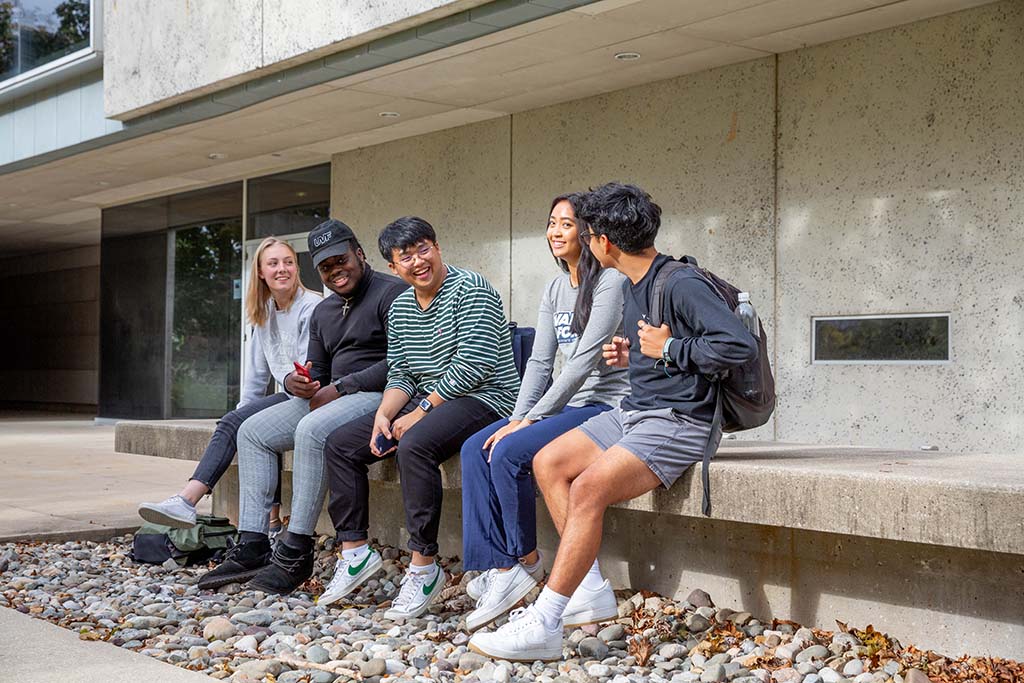Financial Aid

At the University of Valley Forge, we know one of the challenges of attending college is affordability. Whether it’s attending a community college or a private college such as UVF, higher education is an investment—for you and your future. You need good information to make the right choice for your path and purpose. We are committed to providing you the information you need from the beginning of the college inquiry process, thus making joining the community at UVF an achievable prospect.

Questions? Contact Financial Services!
Office: 610.917.1475
Complete your FAFSA today
Applying for Aid Overview
STEP 1: Create an FSA ID (Fall of Senior Year)
Most Federal and State financial aid forms will require the use of an electronic signature. In order to do this, a Federal Student Aid ID must be obtained from the Federal Student Aid Website. You are only required to select an FSA ID one time and it will be used throughout your 4-year college term. If you are a dependent student, a parent will also need to create an FSA ID to sign the FAFSA.
Things to Do: Create an FSA ID
STEP 2: File Your FAFSA (Fall of Senior Year)
Apply for financial aid as early as possible during your senior year of high school—before the academic term for which assistance is requested. If you are entering college in the fall, the FAFSA may be completed any time after October 1 of the prior year. To meet the Pennsylvania State Grant deadline, the FAFSA must be received by May 1. Check with FAFSA for each state’s deadline. Please note that the UVF School Code is: 003306.
Things to Do: Submit a Free Application for Federal Student Aid (FAFSA)
STEP 3: Explore Scholarship Opportunities (Upon Acceptance)
Scholarships are awarded based on your demonstrated abilities, achievements or due to membership within a special group. At UVF, thousands of dollars in scholarships are awarded in the following categories: academic achievement, artistic achievement, church and ministry-related involvement, special group scholarships, and returning student scholarships.
Things to Do: Explore Scholarship Opportunities
Many organizations (in addition to UVF and the State and Federal governments) offer excellent opportunities for scholarships, grants, and other forms of financial assistance. Some free sources of information about scholarships are foundations, religious or community organizations, local businesses, civic groups, professional associations related to your field of interest, ethnicity-based organizations, and your employer or your parents’ employers. Scholarship search tools that we recommend are Fastweb, U.S. Department of Labor’s Scholarship Search Tool, College Board’s Scholarship Search, and Scholly .
STEP 4: Complete the Aid Process (Once You Have Applied for Aid)
Some awards/loans require special attention or further action, as noted in the financial aid package that will be mailed to you. Please make sure that all appropriate instructions are followed in order to receive financial aid awards.
Federal regulations require that, before any Federal loans are disbursed to your account, you must complete an entrance counseling session. This takes about 20 minutes and may be done online. The entrance counseling session provides information about how to manage student loans, both during and after college.
If you are eligible for a Direct Loan you need to complete a Master Promissory Note. In order for parents to receive a Parent Loan for Undergraduate Students (PLUS), a parent must complete a Plus application and PLUS MPN, both available online.
Things to Do: Complete Entrance Counseling
Things to Do: Complete Master Promissory Note



